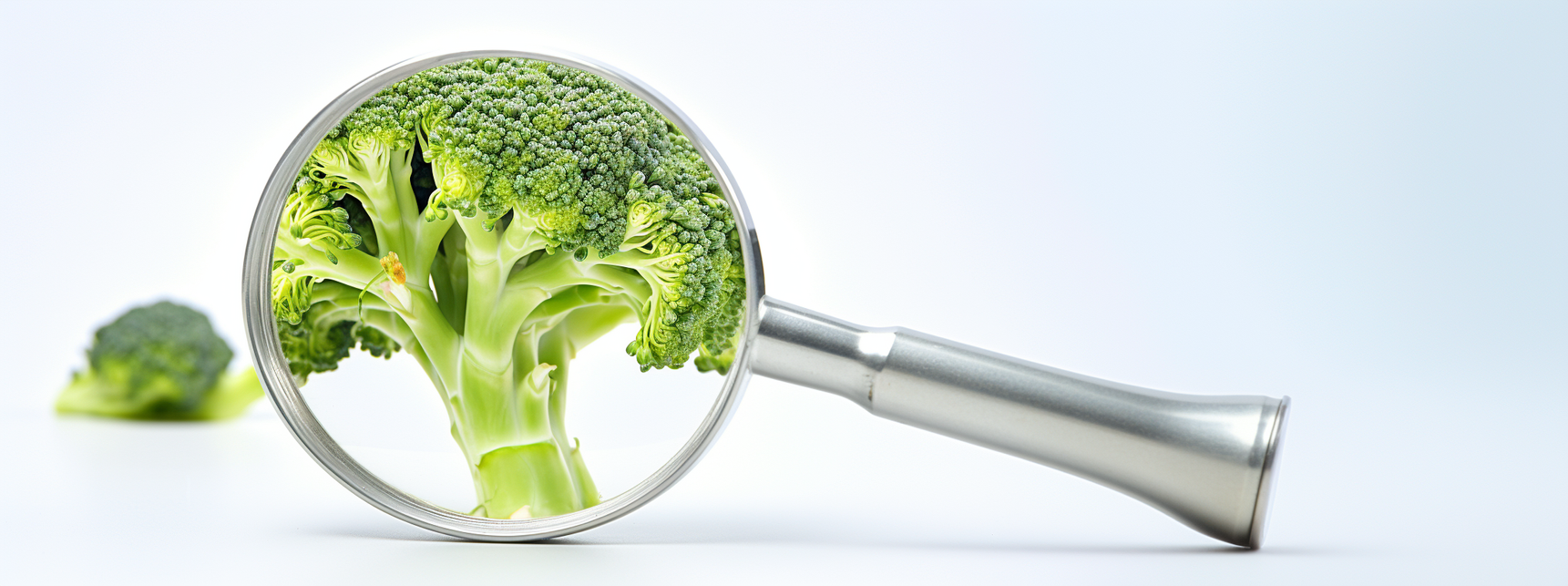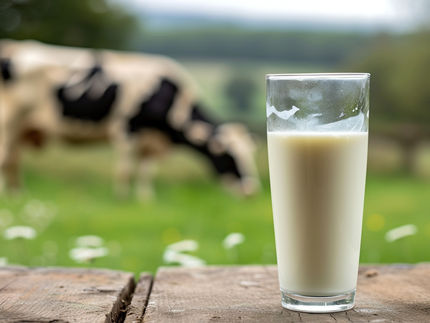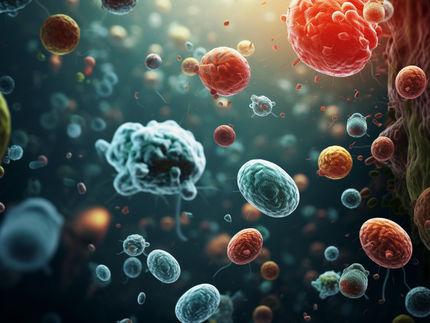In food safety study, 25% of participants contaminated salad with raw chicken
In a study aimed at assessing the impact of washing poultry on kitchen contamination, researchers found that more than a quarter of study participants contaminated salad with raw poultry – including many study participants who did not wash the poultry. The study highlights the importance of hand-washing and cleaning and sanitizing the kitchen in order to reduce the risk of foodborne illness when cooking at home.

Photo by Farhad Ibrahimzade on Unsplash
Washing raw poultry is not recommended, due to concerns about inadvertently contaminating other foods and surfaces – and increasing the risk of foodborne illness.
“We wanted to know what effect an educational intervention would have on getting people to stop washing poultry before cooking, and what effect any resulting change in behavior might have on reducing contamination in the kitchen,” says Ellen Shumaker, corresponding author of the study and an extension associate at North Carolina State University. “We also wanted to get a better idea of how, if at all, washing poultry actually led to increased contamination in the kitchen.”
For the study, researchers recruited 300 home cooks who said they washed poultry before cooking it. The researchers sent food safety information to 142 of the study participants via email, outlining risk-reduction efforts – including the recommendation to not wash raw poultry during food preparation. The remaining 158 study participants did not receive the education intervention.
All 300 study participants were then invited to test kitchens equipped with video cameras that filmed meal preparation. Participants were asked to cook chicken thighs and prepare a salad. After preparing the chicken thighs, but before putting the chicken in the oven, participants were called out of the kitchen to conduct a short interview. Participants were then sent back into the kitchen to cook the chicken thighs, prepare the salad, and clean the kitchen as they would at home.
What the study participants didn’t know was that the chicken thighs were inoculated with a harmless strain of bacteria, which the researchers would be able to detect. This allowed researchers to swab surfaces in the kitchen to see whether any cross-contamination occurred during the food preparation and cooking process.
When study participants left the kitchen to conduct the interview, researchers swabbed the kitchen to identify any potential contamination. This process was repeated after each participant had completed cooking the meal and cleaned the kitchen. The prepared salad was also tested for possible contamination.
Ninety-three percent of the participants who received the intervention did not wash the chicken, as compared to 39% of the participants who did not receive the intervention.
However, the researchers were surprised to see that people who did wash the chicken and people who didn’t wash the chicken had similar levels of contamination from the raw chicken in their prepared salads.
So what gives?
“We think the salad contamination stems from people doing a poor job of washing their hands after handling the raw chicken, and/or doing a poor job of sanitizing the sink and surrounding surfaces before rinsing or handling the salad,” Shumaker says.
“Regardless of whether people washed their chicken, the kitchen sinks became contaminated by the raw chicken, while there was relatively little contamination of nearby counters,” Shumaker says. “This was a little surprising, since the conventional wisdom had been that the risk associated with washing chicken was because water would splash off of the chicken and contaminate surrounding surfaces. Instead, the sink itself was becoming contaminated, even when the chicken wasn’t being washed.
“Washing the chicken is still not a good idea, but this study demonstrates the need to focus on preventing contamination of sinks and emphasizing the importance of hand-washing and cleaning and sanitizing surfaces.”
Original publication
Other news from the department science
Most read news
More news from our other portals
See the theme worlds for related content
Topic world Food safety
Food safety is at the heart of the food and beverage industry. It ensures that the food we eat every day is not only nutritious, but also free of harmful contaminants. From field to plate, the industry monitors and regulates every step of the process with strict quality controls, advanced testing methods and continuous research.

Topic world Food safety
Food safety is at the heart of the food and beverage industry. It ensures that the food we eat every day is not only nutritious, but also free of harmful contaminants. From field to plate, the industry monitors and regulates every step of the process with strict quality controls, advanced testing methods and continuous research.




























































